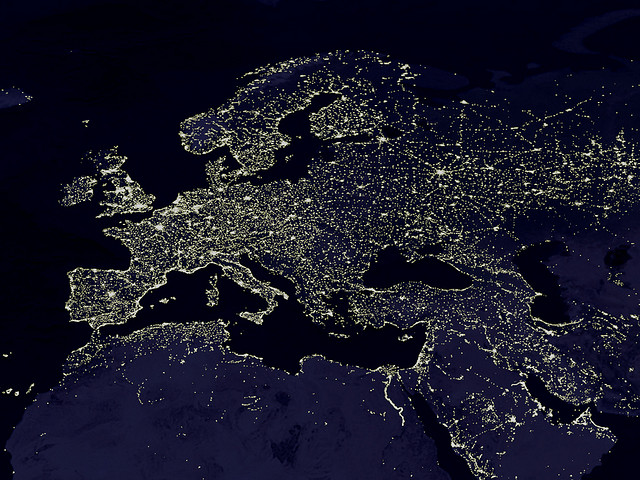European high yield has started the year strongly, with the Bank of America Merrill Lynch European Currency High Yield Index up 3.1% in euro terms in the first two months of the year. The rise came almost exclusively from credit spread tightening, largely a result of the trickle down in demand from the announcement of quantitative easing (QE) as credit investors move further down the ratings spectrum in search of higher yields.
An improved macroeconomic backdrop has boosted sentiment towards the asset class given the stabilisation in crude oil prices, strong equity markets, and the stop-gap bailout extension for Greece.
Unlike US high yield bond markets, there is minimal leveraged energy exposure within the European universe. Earnings for the European high yield universe should be a net beneficiary of both lower oil prices and the falling euro.
Supply has started the year strongly but has been more than offset by a significant shift upwards in demand, as evidenced by industry data showing positive net fund flows. The high yield bonds that have come to market are dominated by relatively higher rated BB issuers and easily taken up by investors, with many investment grade investors hunting in BB for extra yield.
The rise in demand has implications lower down the credit spectrum. Traditional high yield investors are moving into single-B and CCC rated bonds where the yields are more attractive but there is simply not enough supply of these bonds to meet the inflows. We believe there could be a significant squeeze in these higher yielding assets over the coming months as demand outweighs supply.





 By Alicia Miguel Serrano
By Alicia Miguel Serrano